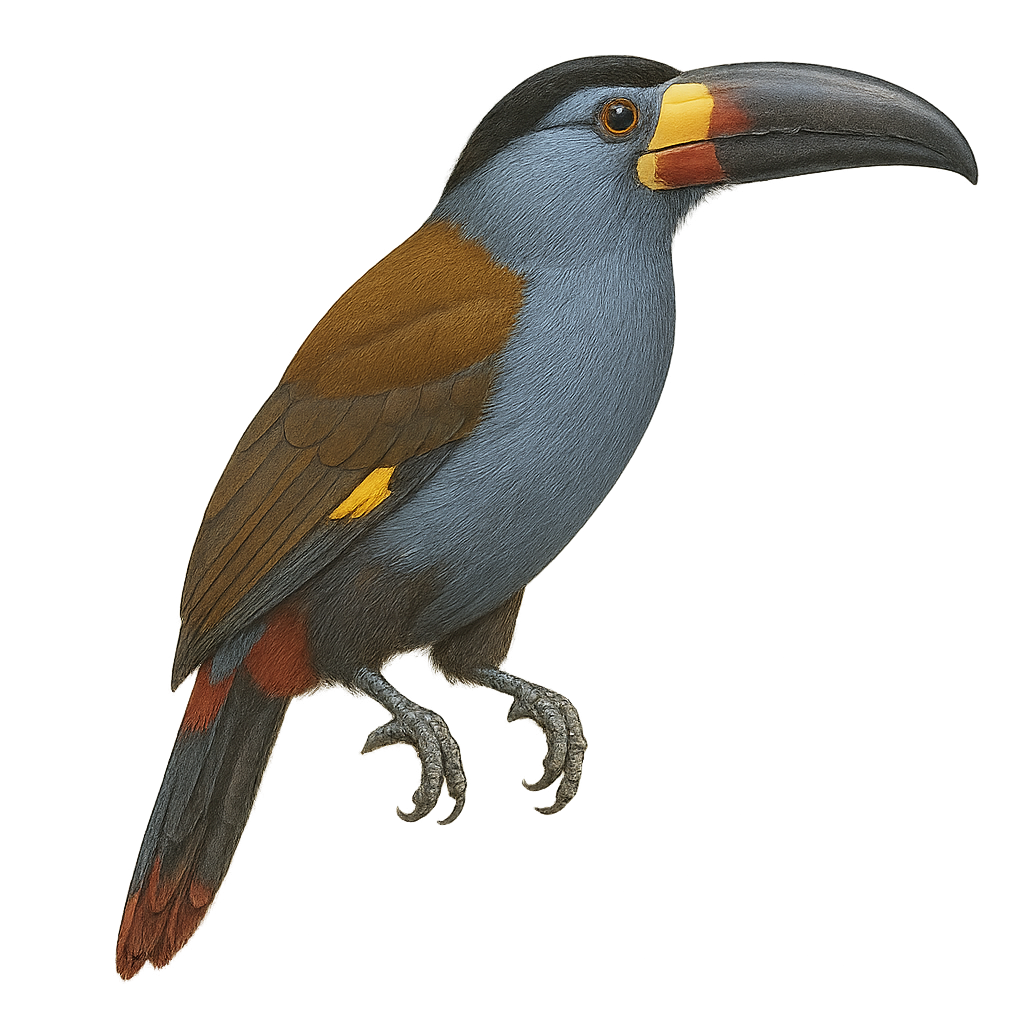Your wildlife photography guide.
Explore the plate-billed mountain toucan in detail, study its behavior, prepare your shots.
Where to observe and photograph the plate-billed mountain toucan in the wild
Learn where and when to spot the plate-billed mountain toucan in the wild, how to identify the species based on distinctive features, and what natural environments it inhabits. The WildlifePhotographer app offers tailored photography tips that reflect the plate-billed mountain toucan’s behavior, helping you capture better wildlife images. Explore the full species profile for key information including description, habitat, active periods, and approach techniques.
Plate-billed Mountain Toucan
Scientific name: Andigena laminirostris

IUCN Status: Near Threatened
Family: RAMPHASTIDAE
Group: Birds
Sensitivity to human approach: Suspicious
Minimum approach distance: 10 m
Courtship display: March to May
Incubation: 16-18 jours
Hatchings: March to June
Habitat:
Cloud forests, humid forests, mountainous areas
Activity period :
Primarily active during the day, with peak activity in the morning and late afternoon.
Identification and description:
The Plate-billed Mountain Toucan, or Andigena laminirostris, is a captivating bird found in the cloud forests of the Andes. It is notable for its colorful bill, primarily blue with a yellow band, and its vibrant plumage of blue, green, and red hues. Measuring around 50 cm, it is known for its distinctive call and its ability to move nimbly among the trees. It primarily feeds on fruits but also consumes insects and small vertebrates. Its natural habitat ranges from 1500 to 3000 m altitude, where it plays a crucial role in seed dispersal. Although its conservation status is concerning, it is still found in several protected areas.
Recommended lens:
400 mm – adjust based on distance, desired framing (portrait or habitat), and approach conditions.
Photography tips:
To photograph the Plate-billed Mountain Toucan, it is advisable to use a telephoto lens of at least 400 mm to capture the details of its colorful plumage and distinctive bill. Since it inhabits cloud forests, light can be limited, so a tripod may be useful to stabilize the camera. Be patient and discreet, as this bird is suspicious and may fly away quickly if disturbed. Try to capture images when the bird is feeding or interacting with its environment for more dynamic shots.
The WildlifePhotographer App is coming soon!
Be the first to explore the best nature spots, track rutting seasons, log your observations, and observe more wildlife.
Already 1 431 wildlife lovers subscribed worldwide

